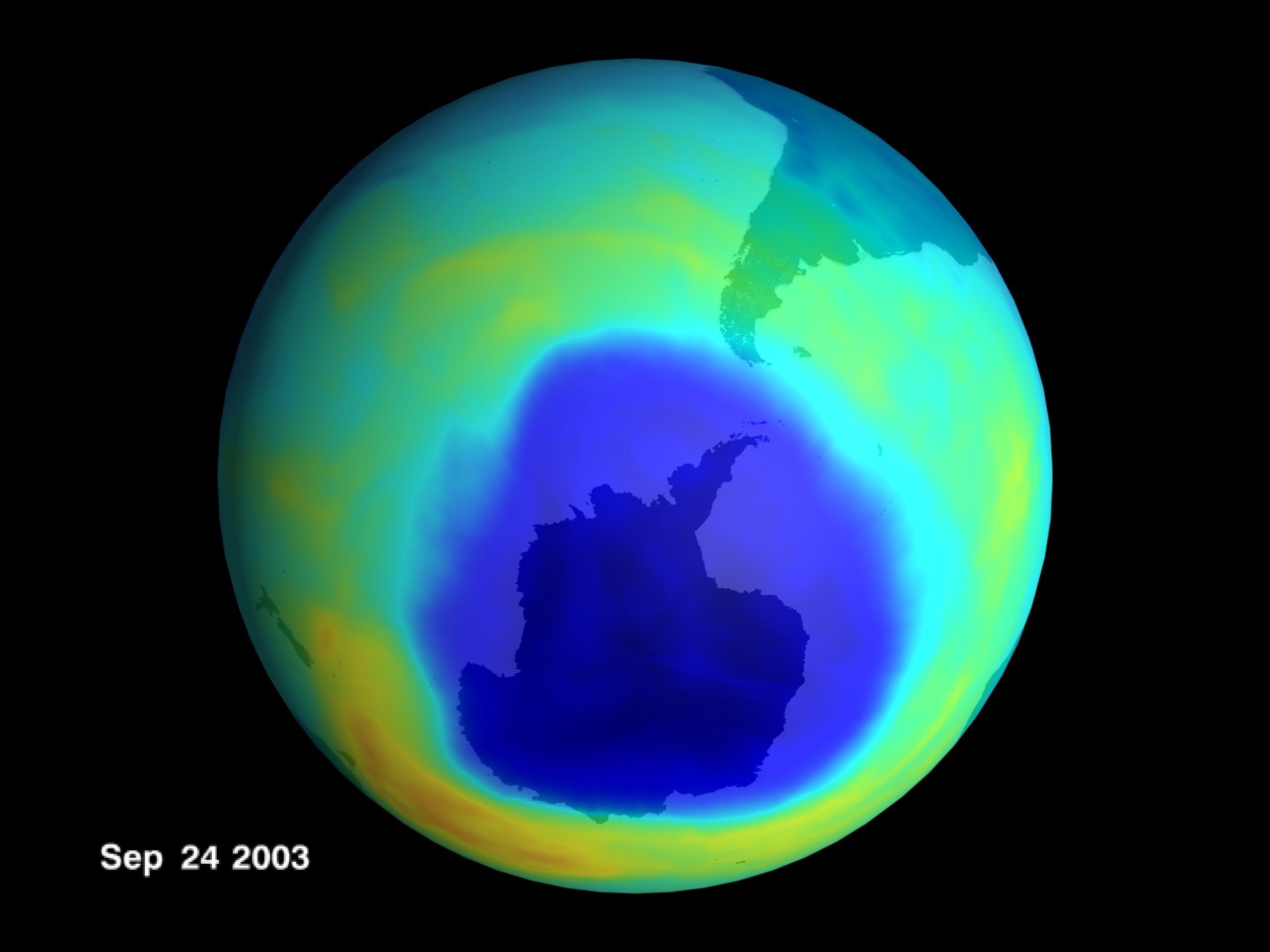
'Worst case' scenario of ozone destruction avoided
We have avoided a ‘worst-case’ scenario of major environmental and health impacts from ozone depletion and high UV levels thanks in large part to the Montreal Protocol, say Australian, NZ and international researchers. Reviewing the interaction between ozone, climate change and UV, the researchers say as many as 280 million cases of skin cancer have been avoided by the international agreement to limit CFCs. But it's not all good news: ozone-depletion is still affecting climate change in the Southern Hemisphere and impacting a host of plants and animals, including kelp beds and lobsters in Tasmania.
Journal/conference: Nature Sustainability
Link to research (DOI): 10.1038/s41893-019-0314-2
Organisation/s: The Australian National University, University of Wollongong, Murdoch University, National Institute of Water and Atmospheric Research (NIWA), QIMR Berghofer Medical Research Institute
Attachments:
Note: Not all attachments are visible to the general public
News for:
Australia
New Zealand
NSW
VIC
QLD
WA
ACT
Media contact details for this story are only visible to registered journalists.

